The 'Middle Kingdom' is an interesting destination for both leisure and business travellers, with its metropolises of Beijing, Shanghai and Hong Kong and its varied landscape.
China's rise to being a major trading power has brought it greater attention from European travellers that its distance might suggest. China is, after all, separated from Switzerland by seven time zones. If it is twelve o' clock noon in Bern, in Beijing, they are thinking of dinner, as it is already seven o' clock in the evening there.
Nevertheless, one must not be deterred from visiting the most populated country in the world just because of the almost certain jet lag on arrival. Older people may find they suffer from this more than younger people, but it is generally said that air travel across several time zones in an easterly direction, and the associated time difference, is harder on the body than when flying in a westerly direction.
An important factor of jet lag is how long you spend in the destination. If you are only staying in the capital Beijing for a few days, or staying briefly in other major cities such as Shenzen and Hangzou, before journeying back to Switzerland, then it is best not to let your body get too used to the local time, and to maintain your normal sleep/wake rhythm as you would on Swiss time.
How is it that a clock can have so much impact on well-being? It is mainly due to the nature of the internal body clock. The 'master clock' is located in the brain, but it is not the only factor which determines the sleep/wake rhythm of the body, which corresponds approximately to a 24-hour cycle. If the brain receives information about a different day/night sequence to the one known to the internal body clock, then the body gets mixed up. It is no wonder then, that sleep problems, daytime sleepiness, decreased performance and digestive problems begin to manifest.
If however, we apply what we know about the major role that cycles of light and dark play, we can correct the problem pretty well with a jet lag prevention plan before a long-haul flight. Prepare your body as much as possible for the new times of the day, paying particular attention to the factors that have a significant effect on our sleep/wake rhythm, that is, light and darkness. A relatively strong exposure to light, at certain times, causes a reduction in the 'sleep hormone' melatonin, and provides the necessary impetus to set the body to wakefulness. Darkness, in turn, favours melatonin secretion, and helps to 'program' the body for sleep.
How can we usefully apply this for a flight from Switzerland to China?
The best time to begin is three days before the flight, by ensuring sufficient light exposure, using daylight, or a light therapy device that can achieve a strength of 10000 lux. Be sure to create sufficient darkness for the rest of the time, e.g., by using a sleep mask.
• For three days before the flight, go to bed a half hour earlier than usual.
• After waking in the morning, sit in direct sunlight, or install a light therapy device like the Valkee 2 Human Charger.
• On the day of the flight: the flight will be of 10 to 22 hours duration. At night, try to limit exposure to white light to as little as possible.
• Set your wristwatch forward to the correct time for the destination, and drink plenty of water instead of caffeinated drinks like tea and coffee, and avoid alcohol. In the morning put yourself in direct light or use the Valkee Light Therapy Device.
• On arrival, go to bed at your normal time. For the first half hour after waking up avoid light, then either expose yourself to direct light, or use the Valkee 2 device, which can be used up to four times a day, at two-hour intervals.
• On the days following your arrival, follow your usual home sleep schedule transferred to the new local time. Make sure that around noon, or early afternoon, you get sufficient light (more than 2500 lux). Set the time of light exposure to about two hours earlier each day.
• Eat a healthy, low-fat diet. This is especially important for the time before bed, during which you should also avoid caffeine. For more tips on what to do about periods of rest or activity, try the free Valkee Jet Lag App.
By using the Valkee Light Therapy Device, you can easily take your light source wherever you go. The device, which resembles an MP3 player in shape, fits easily into luggage, and provides enough light, (around 10,000 lux), whenever you need it. The light information is sent via two ear-plugs, into the ear and directly to the brain. The application takes about 12 minutes, and so can easily be used 4 times a day. Thanks to this small, lightweight piece of technology, you can get a handle on jet lag even when travelling to a remote, Eastern country like China.
Wellnessproducts > Jet lag
No chance for long jet lag on Time zone flights from Switzerland to China!Whether it is a holiday or a business trip, such a long flight from Switzerland to China, flying through seven time zones, is for sure going to cause pretty noticeable jet lag, unless you take some precautions to reduce the symptoms. Recent technological developments offer an easy way to do this.
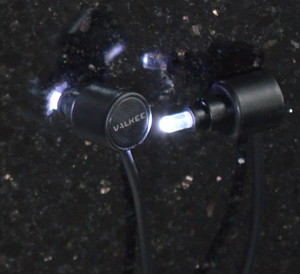 Published on 17.09. by Thomas Toernell 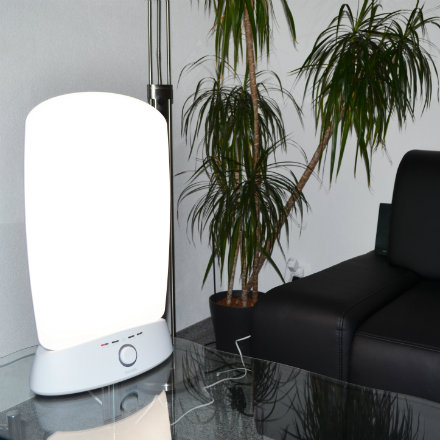 Light therapy Light therapyDo rainy days or the dark winter months leave you feeling a bit gloomy? Try using a light therapy machine to add some natural light to your life - revitalizing and reenergizing your mood. 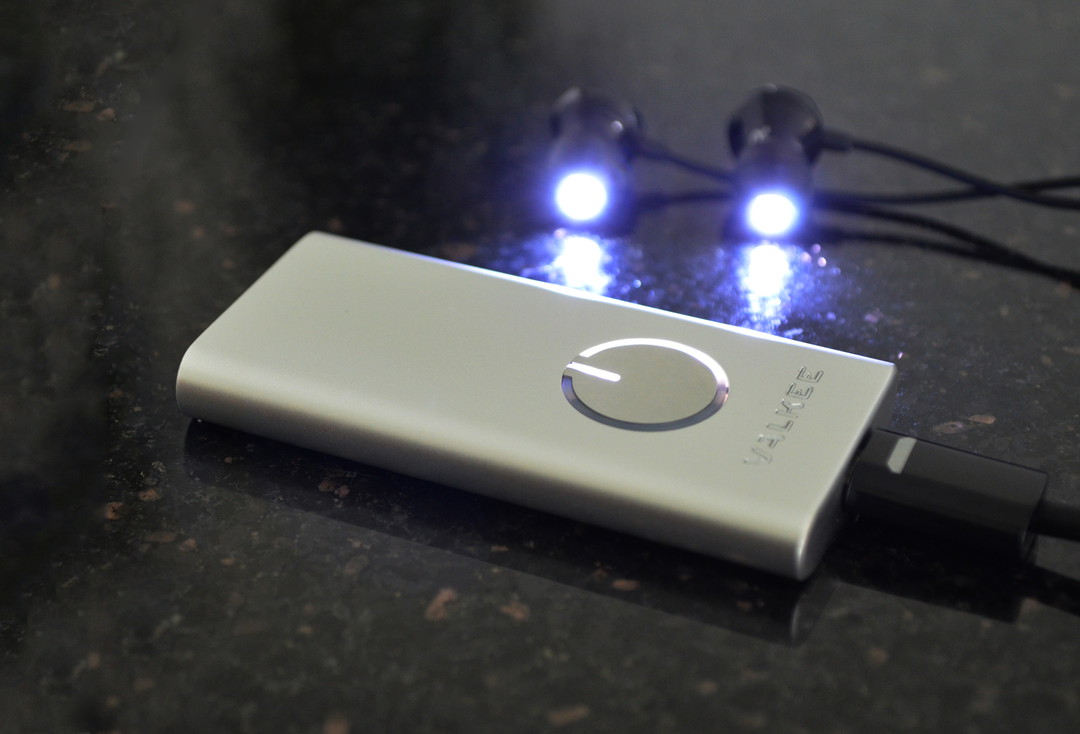 Valkee 2 Light Therapy Device - Silver, 8 x 4 x 2 cm, CHF 199.00 Valkee 2 Light Therapy Device - Silver, 8 x 4 x 2 cm, CHF 199.00Portable led light box Valkee2: bright light headset 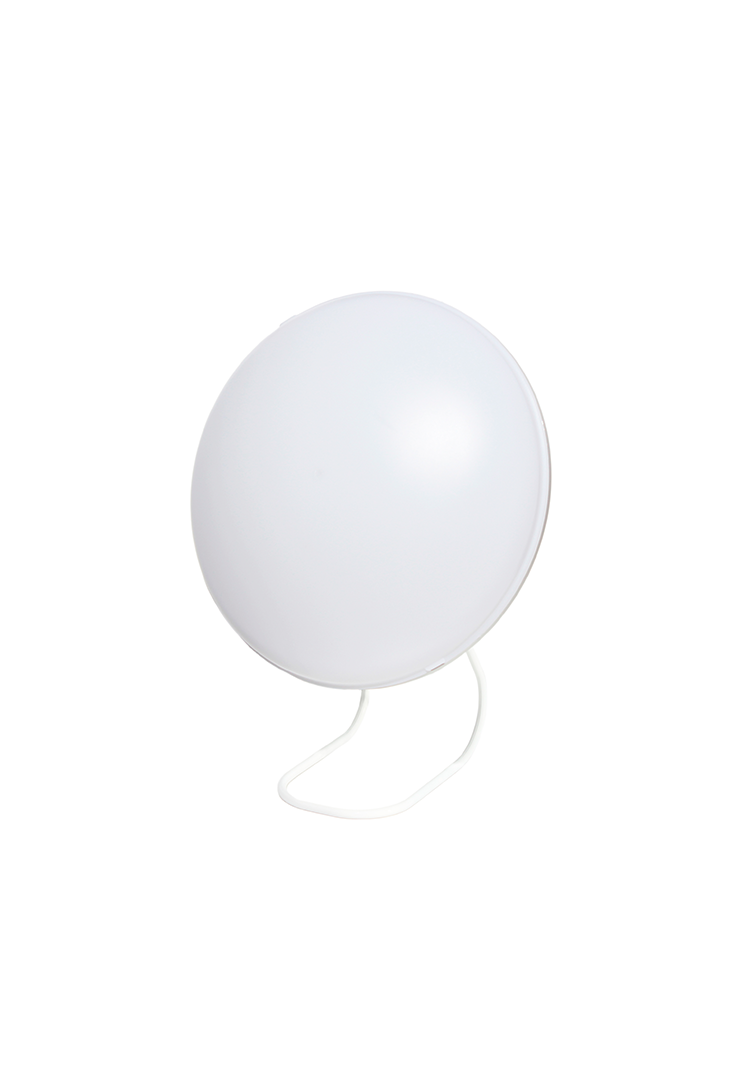 Innosol/Innolux Rondo LED bright light lamp, CHF 179.00 Innosol/Innolux Rondo LED bright light lamp, CHF 179.0010,000 lux at 25 cm distance, 12 W, Ø 25 x 32 x 16 cm |
- FREE DELIVERY (ECONOMY)
- Safe shopping: Payment with invoice, credit card, Paypal or Postfinance
- Warehouse in Switzerland (Widnau SG)


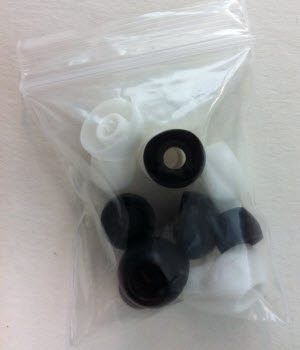 Valkee1 silicon ear plugs - only for Valkee 1, CHF 14.00
Valkee1 silicon ear plugs - only for Valkee 1, CHF 14.00